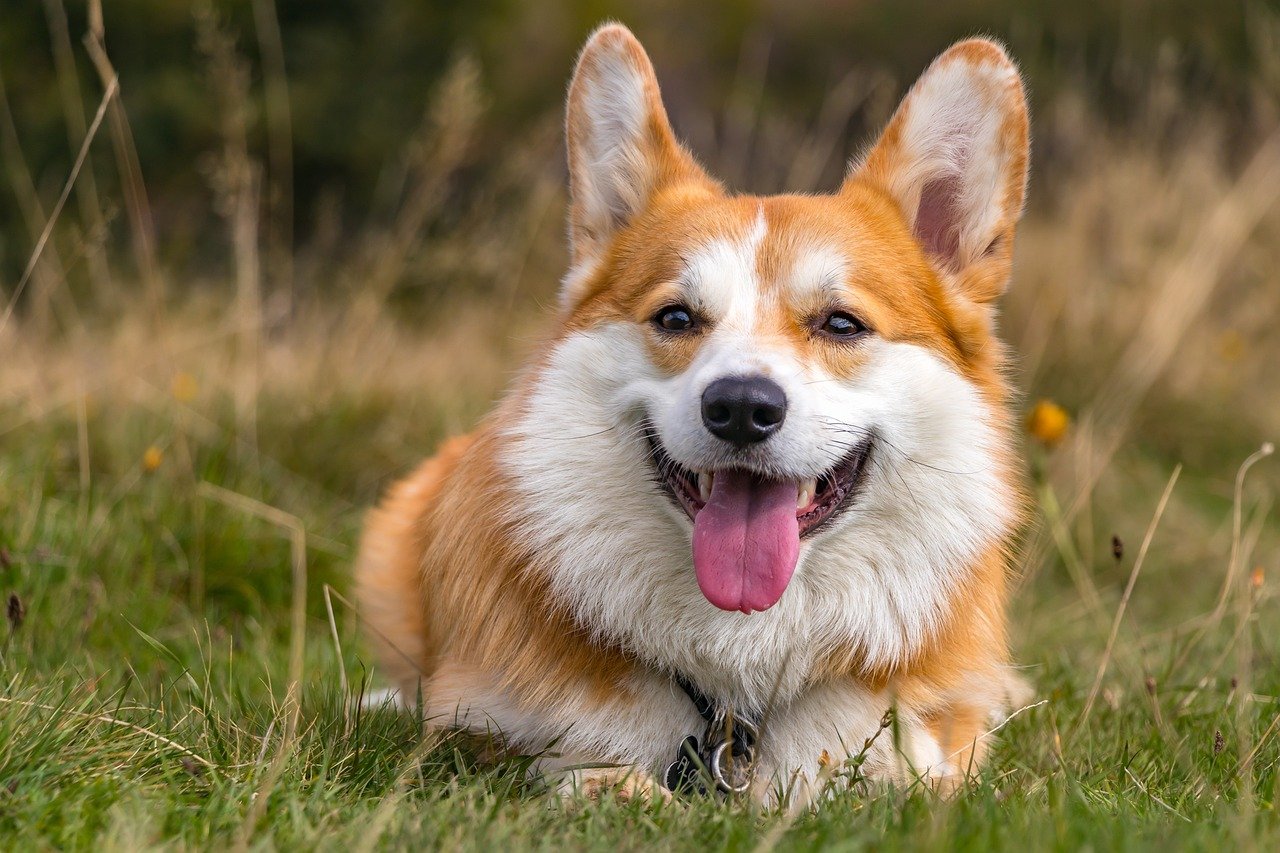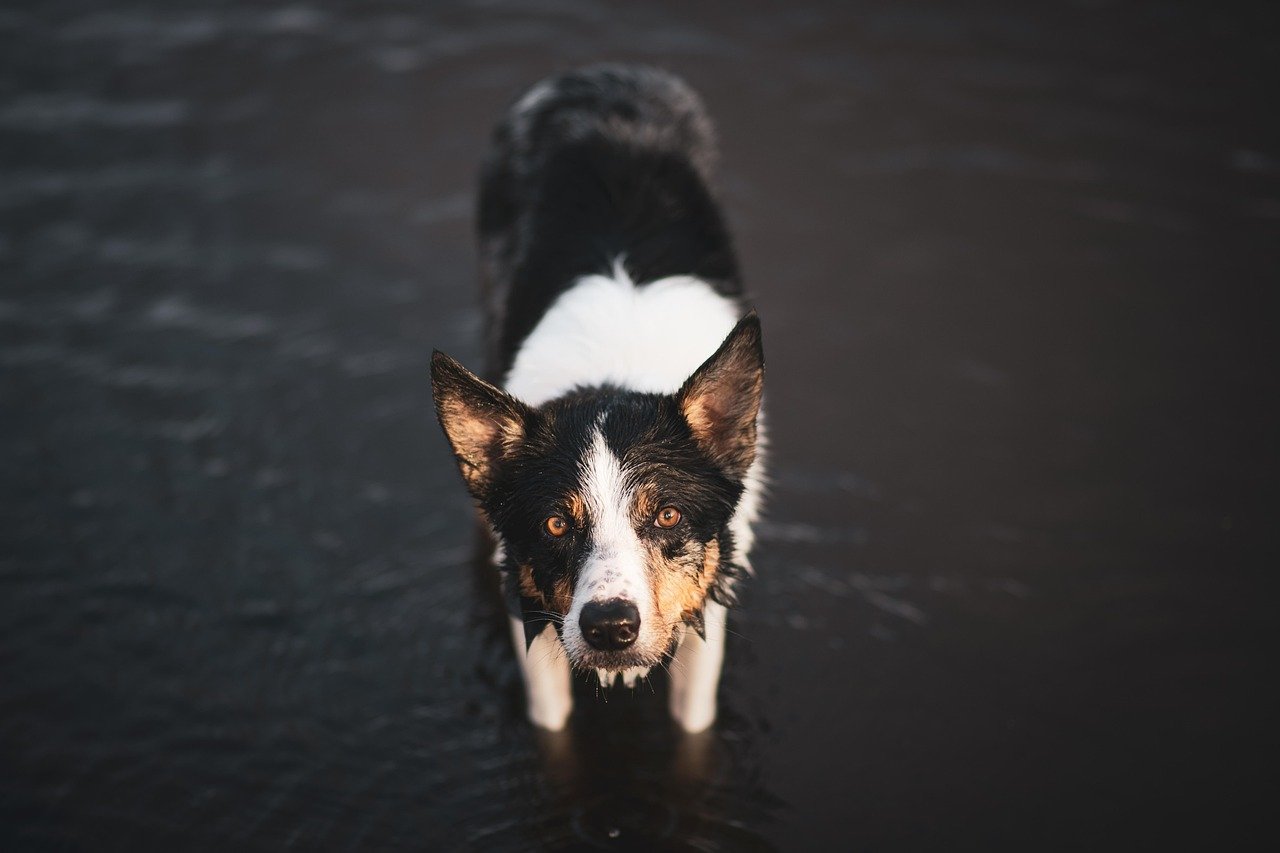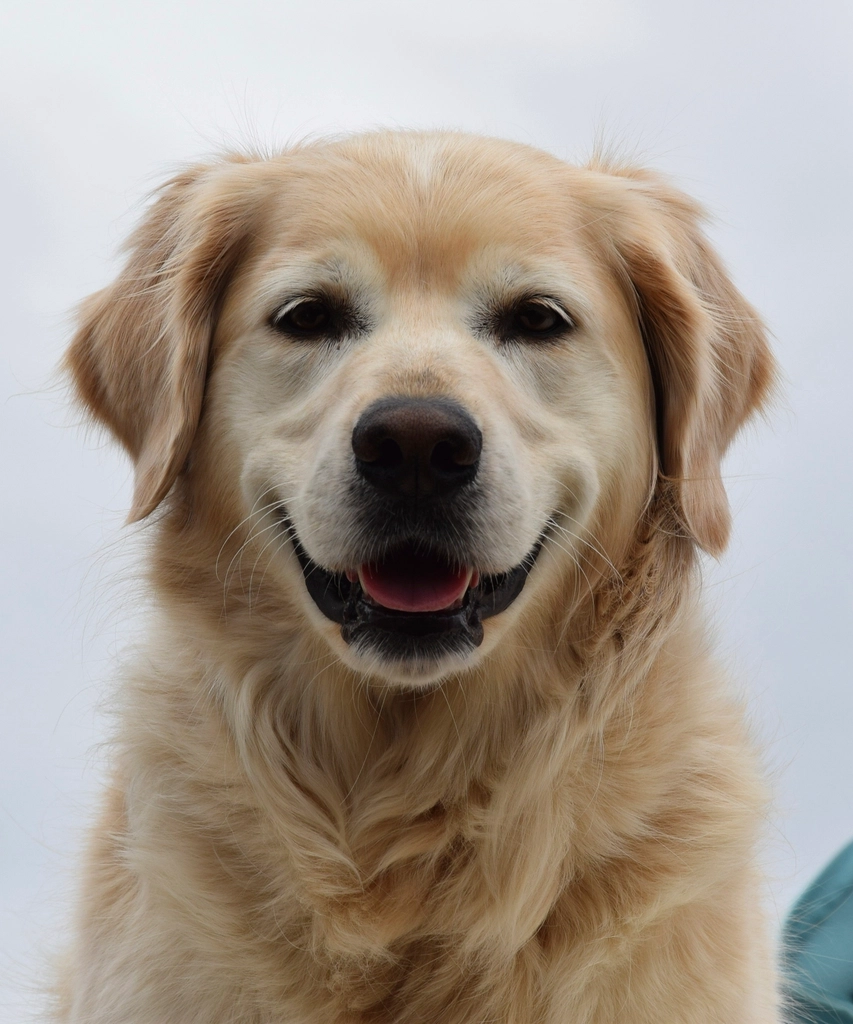Have you ever caught your dog doing something utterly baffling, only to wonder if other pups act just as odd? From spinning in circles to “talking” back at you, our canine companions are full of quirks that sometimes leave us laughing, scratching our heads, or simply falling more in love with them. These strange little behaviors aren’t just random—they’re windows into your dog’s breed, instincts, and even their feelings for you. Get ready to discover 15 of the quirkiest habits found in popular dog breeds and finally learn what’s really going on behind those puppy-dog eyes.
1. The Corgi’s Signature “Sploot”

Every dog owner has witnessed at least one behavior that made them pause and wonder, “Why does my dog do that?” From spinning before they lie down to “talking back” during a scolding, dogs are full of quirks — and many of these oddball habits are surprisingly common within certain breeds. What might seem like a goofy or puzzling behavior often has deep roots in instinct, communication, or breed-specific history.
Corgis are famous for their adorable “sploot,” where they stretch their hind legs straight out behind them while lying on their bellies. This pose might look funny, but for Corgis, it’s actually a comfortable way to relax and cool off on hard floors. Their long bodies and short legs make this stretch natural, almost like a puppy yoga pose. Many owners find this habit endearing and a clear sign their Corgi feels safe and content at home. Some experts suggest that splooting may also help with joint flexibility, which is useful for such an active breed. If you see your Corgi splooting, take it as a sign of trust and pure happiness. Just don’t be surprised if you find yourself snapping photos every time it happens!
2. Dachshunds and Their Blanket Burrowing
If you own a Dachshund, you know they love burrowing under blankets, pillows, or even your favorite sweater. This quirky habit comes from their history as badger hunters. Burrowing gives them a sense of comfort and security, mimicking the tunnels they’d once chase prey through. It’s not just about warmth—Dachshunds feel safe when surrounded by soft, cozy layers. Many owners notice their Dachshunds disappear under covers when they’re anxious or just want alone time. It’s as if they’re creating their own little world, hidden from the hustle and bustle. Don’t be alarmed; this habit is a natural part of their breed’s instincts and a sign they feel at home.
3. Labrador Retrievers and Their Obsession with Carrying Things
Labradors are often seen proudly carrying shoes, toys, or even sticks wherever they go. This odd habit is tied to their history as retrievers, bred to fetch game for hunters. Labradors have a natural instinct to have something in their mouths, and it’s not unusual for them to greet you at the door with a “gift.” This behavior isn’t destructive; it’s their way of showing affection and being helpful. Some Labradors even develop favorite items they carry everywhere, almost like a child with a security blanket. If your Lab parades around with household objects, don’t worry—they’re just expressing their true Retriever spirit.
4. Beagles: The Howling Crooners
Beagles are notorious for their soulful howls, sometimes breaking into song at the most surprising moments. This musical habit comes from their roots as hunting dogs, where howling helped them communicate with other pack members over long distances. For Beagles, howling isn’t just noise—it’s a form of expression and connection. Many Beagle owners find the sound both hilarious and endearing, though it can catch the neighbors off guard. Beagles might howl at sirens, music, or when they’re left alone, signaling their strong sense of community and need for interaction. If your Beagle serenades you, they’re just channeling their inner pack leader.
5. Border Collies and the Intense “Eye”

Ever feel like your Border Collie is staring right into your soul? That intense gaze, known as “the eye,” is more than just a quirky habit—it’s a herding instinct. Border Collies use this focused look to control sheep and other animals, silently commanding them to move. At home, they might use “the eye” on you, toys, or even other pets. It’s both amazing and a bit unnerving, as if they’re reading your every thought. This behavior shows just how smart and driven Border Collies are, always ready to spring into action. If your Collie fixes you with that laser stare, they’re on the job—even if it’s just herding you to the kitchen for treats.
6. Bulldogs and Their Grunting Conversations
Bulldogs have a unique way of “talking” through a symphony of grunts, snorts, and wheezes. While it might sound like they’re complaining, these noises are actually their way of communicating. Bulldogs’ short noses and compact bodies make them prone to snuffling sounds, but many owners report that their Bulldogs respond to voices or situations with a series of expressive grunts. Whether it’s greeting you after a long day or protesting bath time, these sounds are part of their personality. Some even say it feels like having a chatty roommate who always has an opinion.
7. Golden Retrievers and Their “Smiling” Faces

Golden Retrievers are often described as having a “smile,” with their mouths open and tongues lolling out in the happiest expression imaginable. While dogs don’t smile like humans, this relaxed, open-mouthed look signals total comfort and joy. Golden Retrievers love people, and their “smile” often shows up when they’re playing, greeting family, or just enjoying life. It’s hard not to mirror their happiness—many owners say their dog’s grin brightens even the worst days. If your Golden flashes that toothy smile, rest assured they’re loving every minute with you.
8. Pugs and the Legendary Head Tilt
Few things are cuter than a Pug’s head tilt when you talk to them. It’s as if they’re trying to understand every word. This charming gesture is partly due to their sensitive hearing and desire to pick up on your tone of voice. Pugs love human interaction, and the head tilt helps them focus on sounds, especially when you’re talking in a playful or loving way. Owners often find themselves exaggerating their speech just to see this adorable reaction. While it looks silly, the head tilt is a testament to the Pug’s connection with their people and their need to engage with the world around them.
9. Siberian Huskies and Their “Talking” Back
Siberian Huskies are infamous for their dramatic “talking”—a mix of howls, whines, and yips that sound almost like human language. Huskies are pack animals with a lot to say, and they’re not shy about voicing their opinions. Whether they’re protesting a bath or begging for a walk, Huskies use their vocal range to get your attention. Many owners find their Huskies’ conversations hilarious and even try to “talk back.” This habit highlights the breed’s intelligence and stubborn streak—they want to be heard and will keep “talking” until they get their point across.
10. Shih Tzus and Their Love of Perching

Shih Tzus have a surprising fondness for climbing onto high spots, like the back of couches or window sills, to survey their domain. This royal behavior dates back to their history as palace companions in ancient China, where they were prized for their beauty and presence. Perching gives Shih Tzus a sense of control and lets them keep an eye on everything. Owners often discover their Shih Tzu gazing out a window or watching them from above, almost like a feline. This quirky trait is their way of staying involved and feeling important in the family hierarchy.
11. Boxers and Their Joyful “Kidney Bean Dance”
If you’ve ever seen a Boxer wiggling their body into a crescent shape and spinning in circles, you’ve witnessed the famous “kidney bean dance.” This exuberant move is a Boxer’s way of showing pure excitement and happiness, often when greeting family or anticipating a treat. The dance is named for the way their bodies curve, resembling a kidney bean. It’s impossible not to smile watching this display of joy—Boxers are known for their playful spirits, and this dance is the ultimate expression. If your Boxer greets you with a wiggling body, you know you’re truly loved.
12. Chihuahuas and Their “Shivering” Antics
Chihuahuas are often spotted trembling, even when they’re not cold. While their tiny size makes them more sensitive to temperature, shivering can also be a sign of excitement, anxiety, or anticipation. Some Chihuahuas shake when they’re happy, especially if they know a treat or cuddle is coming. This quirky habit is part of their expressive nature—they just have a lot of feelings in a small package! If your Chihuahua trembles, pay attention to the context; it might just mean they’re thrilled to see you or a little overwhelmed by their surroundings.
13. German Shepherds and Their Shadowing Instinct

German Shepherds are famous for following their people from room to room, never letting you out of their sight. This habit is rooted in their working dog background—they’re natural protectors and feel responsible for their “pack.” Shadowing isn’t just about loyalty; it’s their way of keeping you safe and staying connected. Many owners find this constant companionship both comforting and a little amusing, especially when their Shepherd seems to anticipate every move. If your German Shepherd is always at your heels, know it’s their way of saying, “I’ve got your back.”
14. French Bulldogs and Their Snoring Symphonies

French Bulldogs are notorious for their loud, comical snoring, which can fill a room with sound. Their short noses and flat faces make them prone to noisy breathing, especially when they’re relaxed. While some might find it disruptive, most Frenchie owners consider the snoring part of their charm. It’s almost like having a tiny, rumbling companion in bed. The snoring often signals deep relaxation and trust—your Frenchie feels completely at home with you. If you share your life with a French Bulldog, you’ve probably learned to love (or at least tolerate) their nightly serenades.
15. Australian Shepherds and Their Toy “Herding”
Australian Shepherds are bred to herd livestock, and this instinct often shows up in surprising ways at home. Many Aussies round up toys, children, or even other pets, arranging them in specific spots around the house. This quirky behavior is a direct link to their working roots—they simply can’t resist the urge to organize and control their environment. Owners often find their Aussie “herding” balls into corners or gently guiding family members where they want them to go. It’s a playful, sometimes bossy habit that showcases their intelligence and need for a job, even if that job is just keeping the living room in order.
While some canine quirks may leave us scratching our heads, they’re often rooted in breed history, instinct, or simply our dogs’ unique personalities. By taking the time to understand these oddball behaviors, we not only gain insight into their needs but also deepen the bond we share with them. Whether your pup is herding shadows, howling at sirens, or burying toys in your laundry, these habits are just part of what makes life with dogs endlessly entertaining — and endlessly rewarding.
Jen is a passionate nature lover and ocean conservationist. She has dedicated her life to protecting the environment and preserving the beauty of the natural world. Growing up in a small coastal town, Jen sincerely appreciated the ocean and its inhabitants. She has spent countless hours exploring the shoreline, learning about the creatures that inhabit the waters, and advocating for their protection. Jen is an active member of ocean conservation organizations, and she is committed to educating the public about the importance of conserving wildlife and the natural environment.





